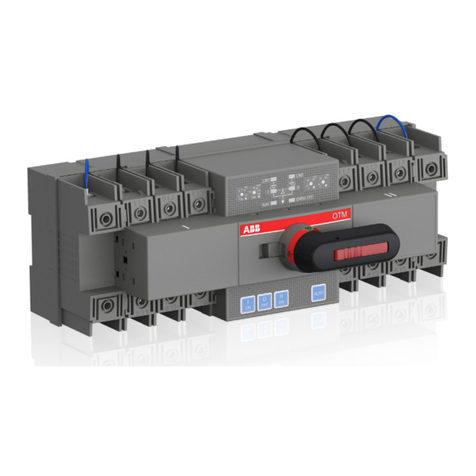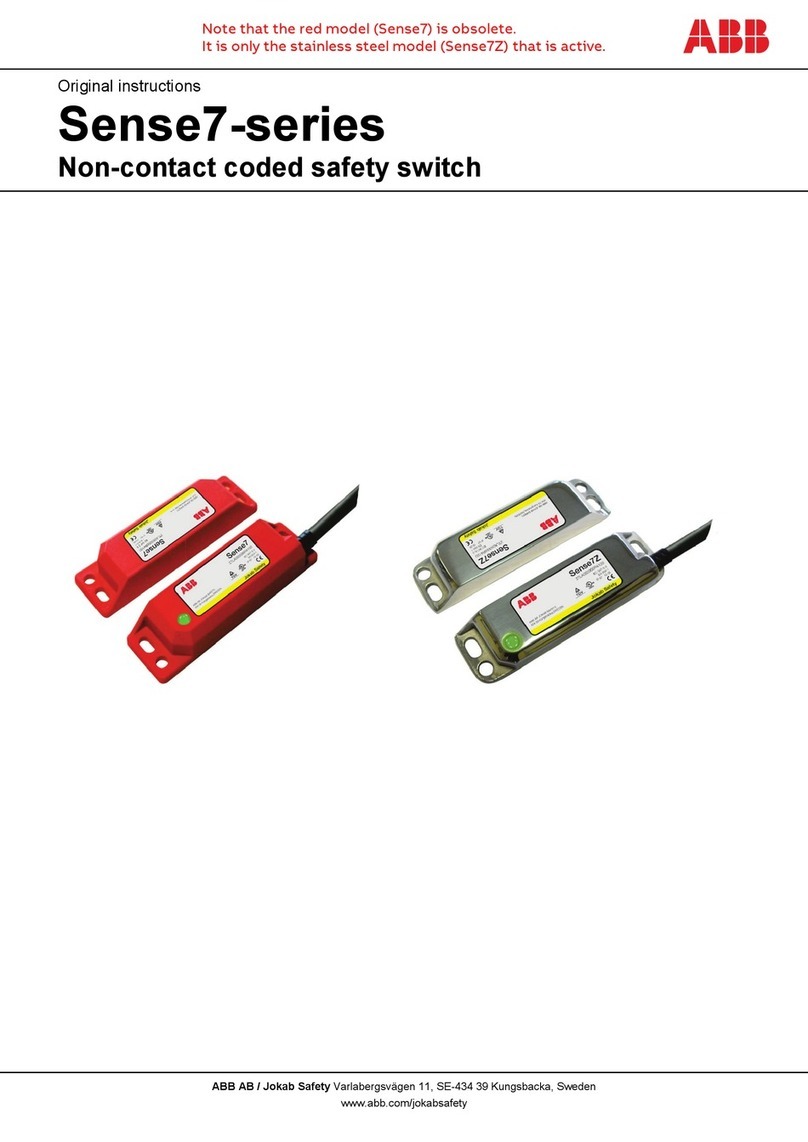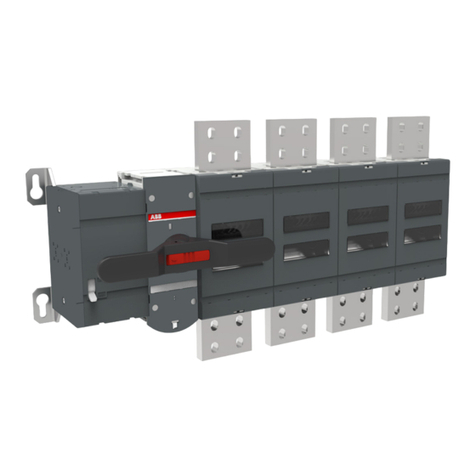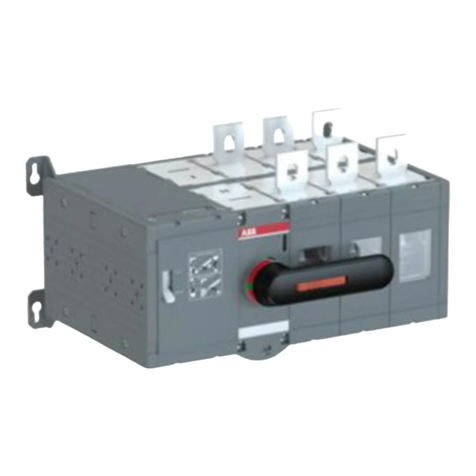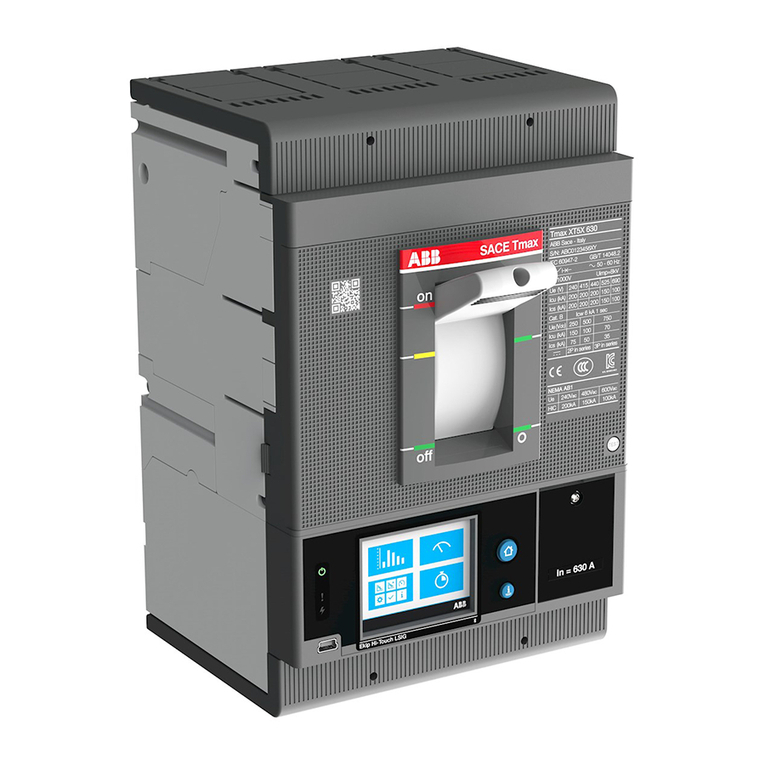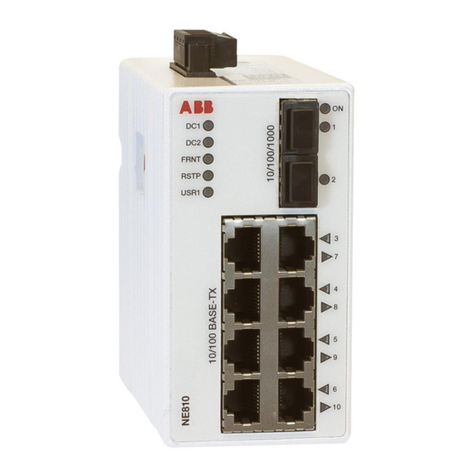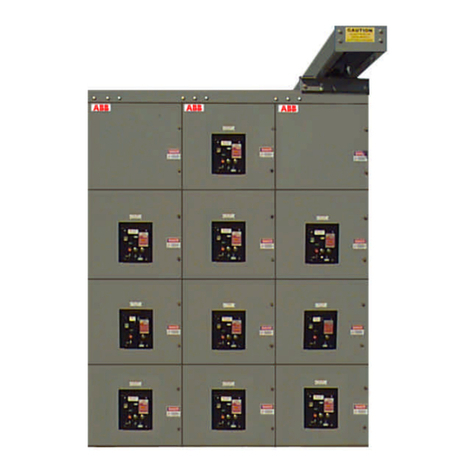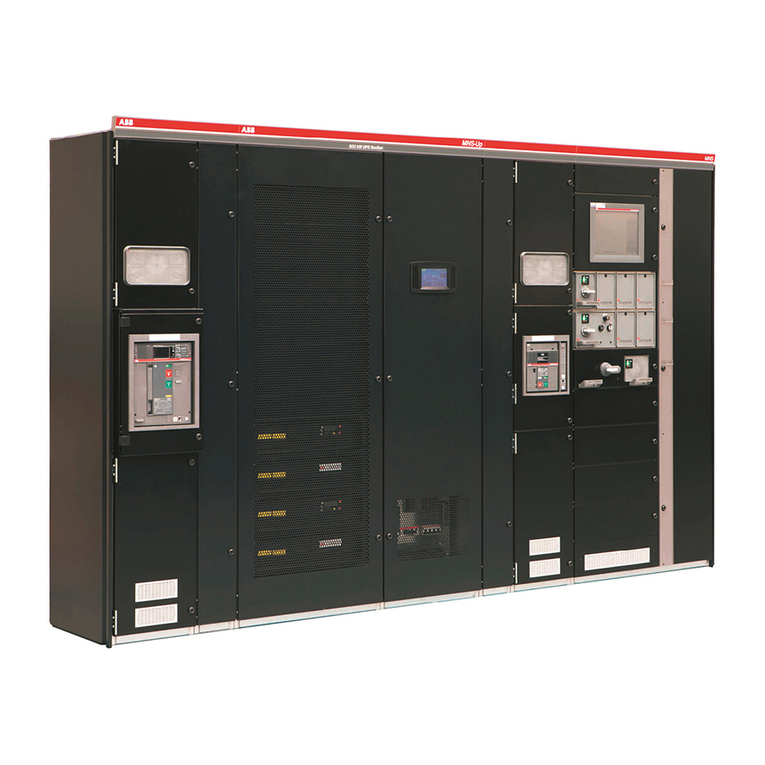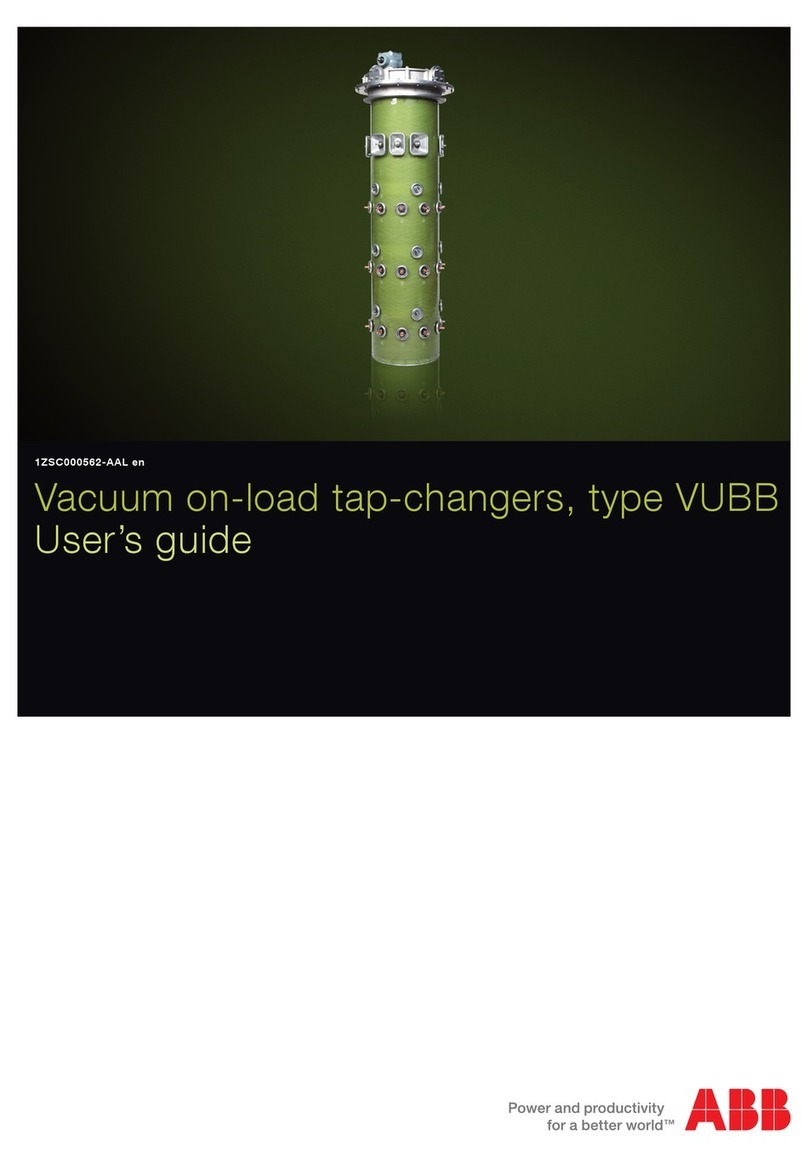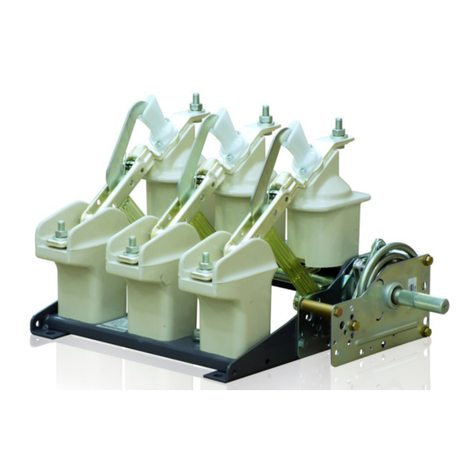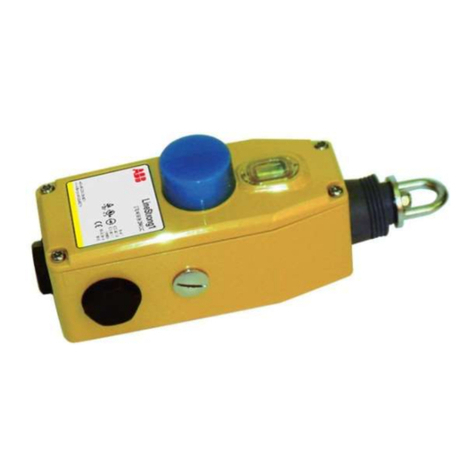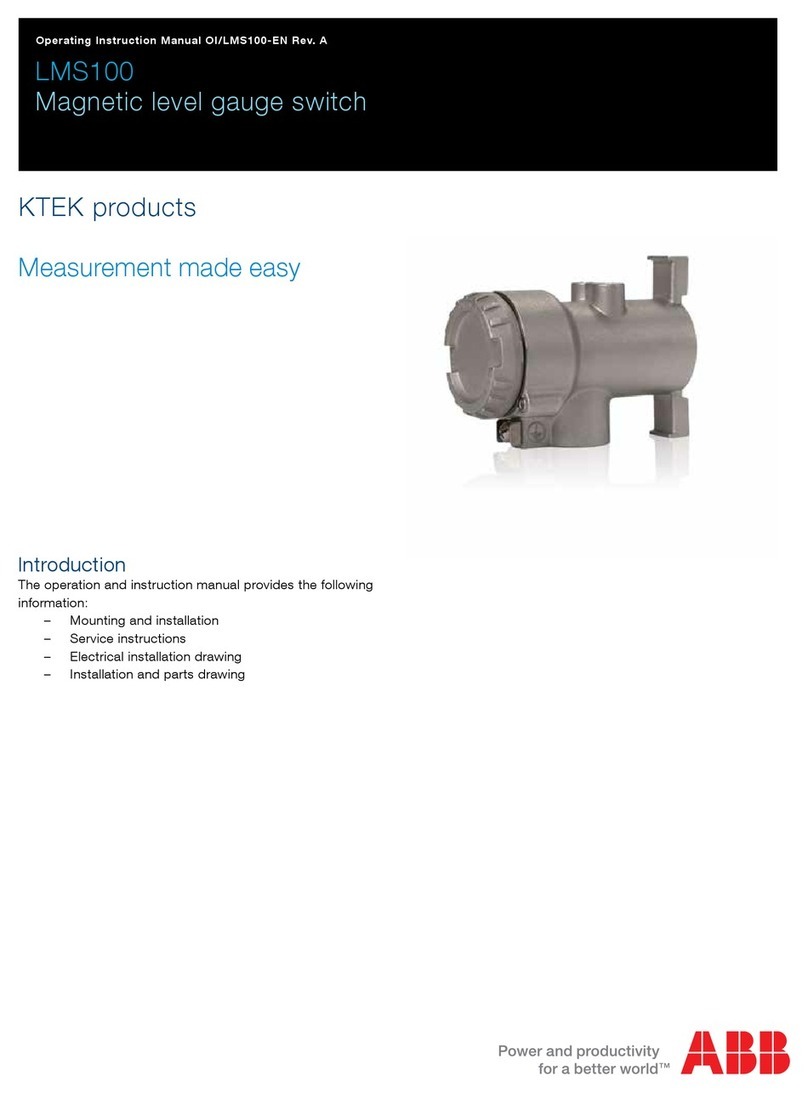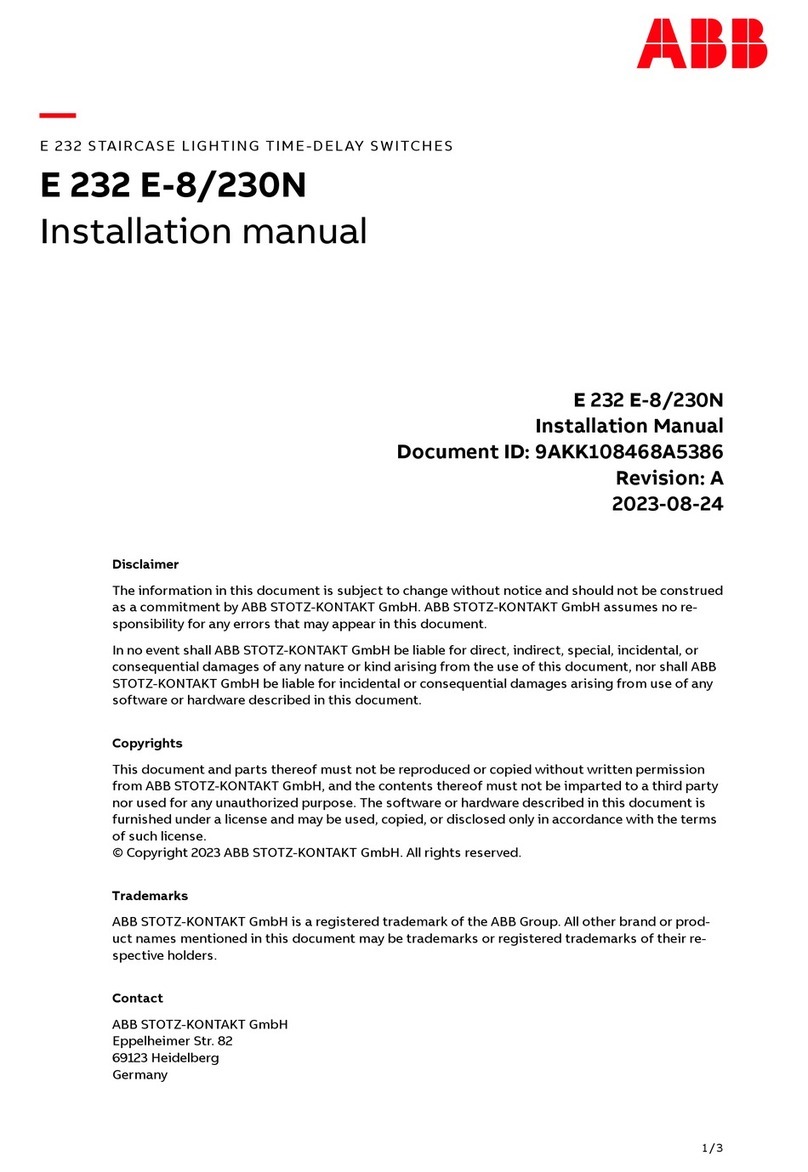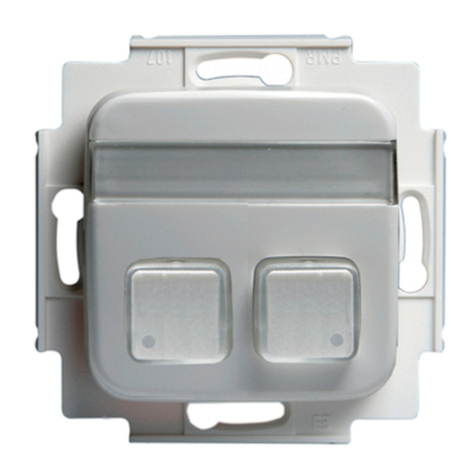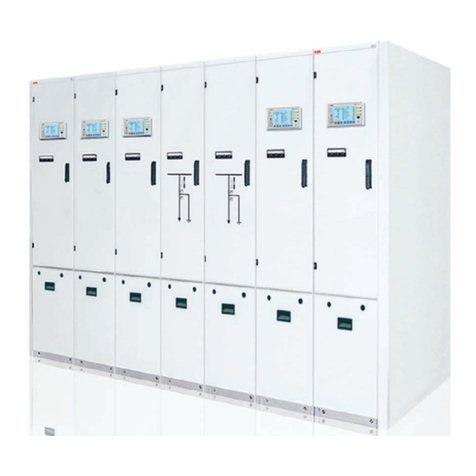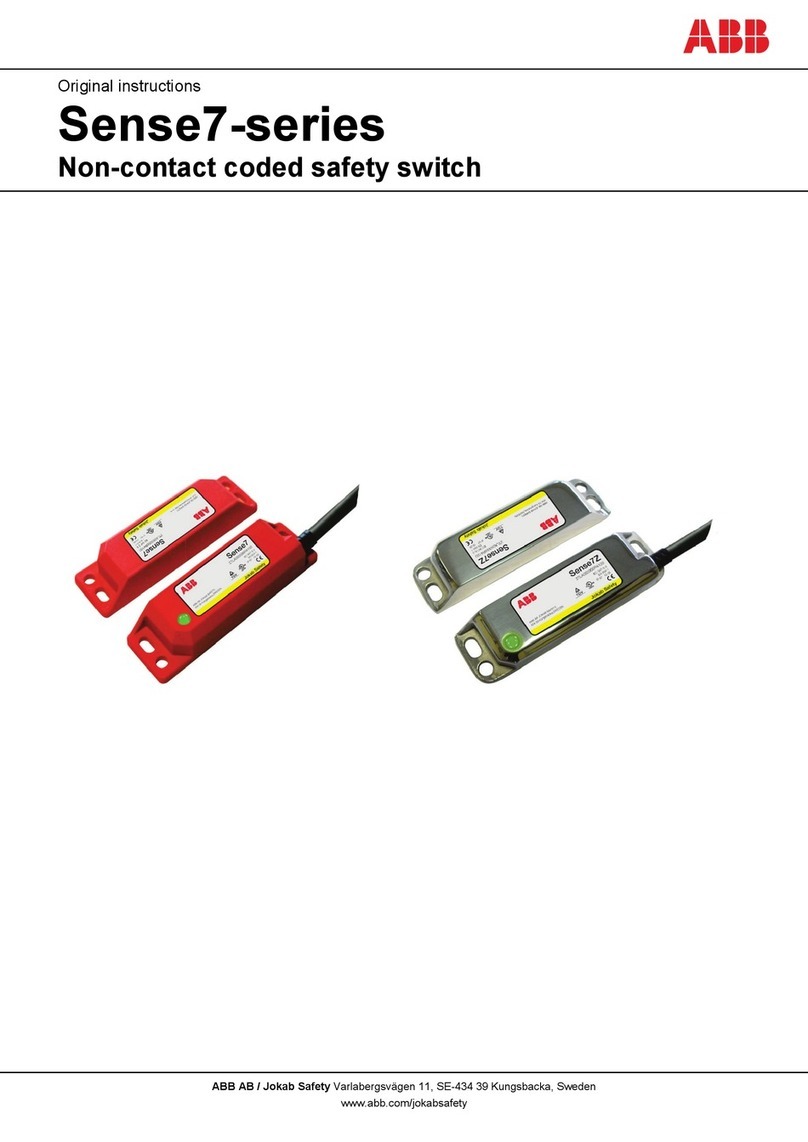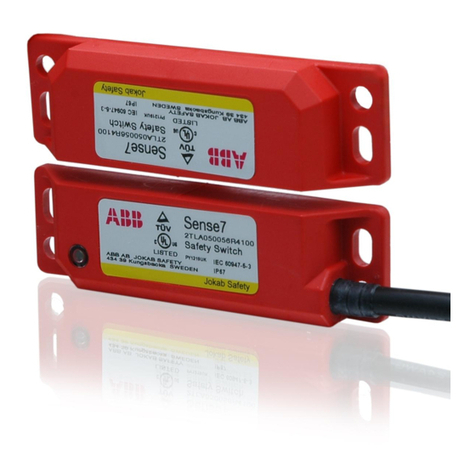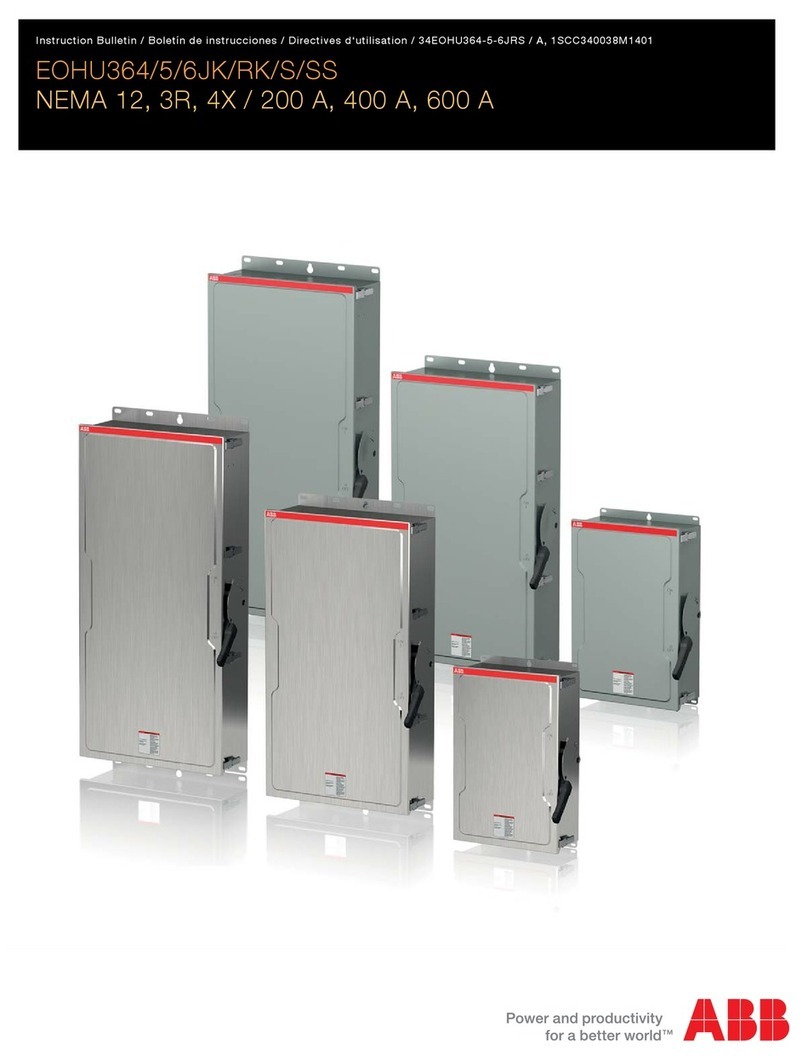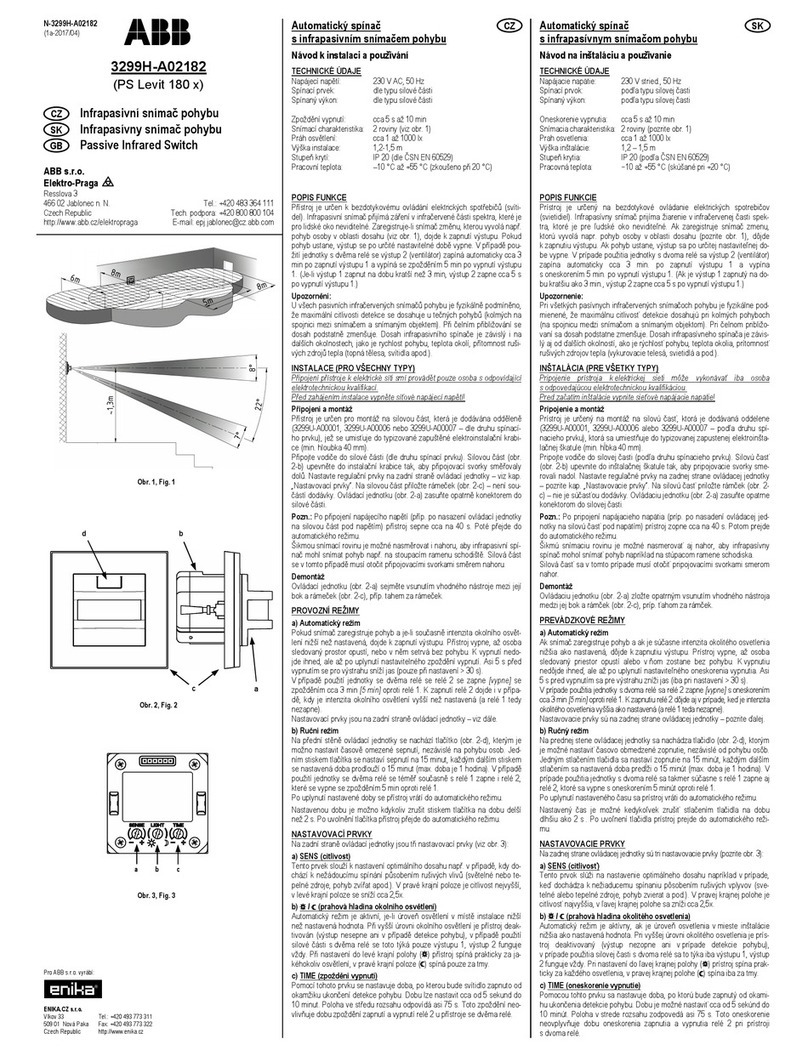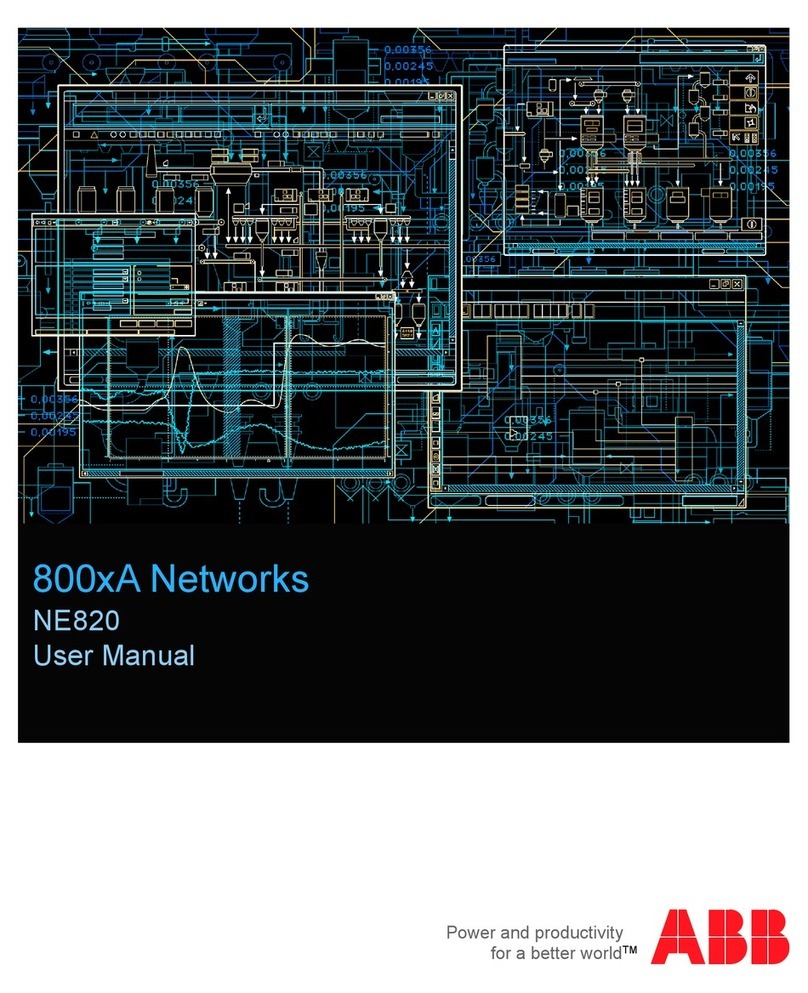
6MOUNTING AND OPERATION MANUAL INDOOR AIR SWITCH-DISCONNECTOR, NAL/NALF/VR
—
1.0 Your safety first – always!
That’s why our manual begins with these recommendations:
comply in full with the legally recognized standards (ANSI / IEC)
and the applicable safety regulations at work.
WARNING!
• Pay special attention to the hazard notes in the
manual marked with this warning symbol.
• Make sure that under operation condition of the
switchgear or switchboard the specified data is
not exceeded.
• Keep the manual accessible to all persons
concerned with installation, operation and
maintenance.
• The user’s personnel are to act responsibly in all
matters affecting safety at work and the correct
handling of the switchgear.
• There are hazards of electrical shock and burns
whenever working in or around electrical
equipment. Turn off power before performing
any inspection or maintenance operations.
Check line terminals to verify that the
equipment is de-energized and earthed.
• Check terminals to ensure that no back-feed
condition exists.
If you have any further questions on this manual,
the members of our field organization will be
pleased to provide the required information.
In case of any uncertainty or questions related to
mounting and/or operation which are not
described in the manual please contact ABB.
1.1 General notes:
1. Regular equipment designed for normal
indoor service condition (Class 0 acc. to IEC
62271-304) to be used in locations with
humidity/temperature control (i.e. sufficient
heating source, humidity absorbers, etc.)
and/or buildings with special thermal design
to prevent negative influence of rapid
outside temperature change to avoid
condensation.
2. For the normal indoor service condition
(water condensation max 2 times a year and
low pollution level) there is no need to do any
special test of indoor switch-disconnectors.
For more severe conditions, the substation
with applicable components, needs to be
classified and tested according to IEC 62271-
304.
3. The regular NAL/F and VR with BMC (Bulk
(Dough) Moulding Compounds) insulators is
designed to class 0 (C0PL) that corresponds
to normal indoor service conditions. The
standard NAL/VR works fine everywhere
these operating conditions are provided.
4. Wherever we observe harsh operating
conditions, special type of the switch-
disconnector NAL/F-H is recommended that
has been type tested according to IEC 62271-
304 design class 2 for severe operating
conditions.
5. Regardless of the type of switch-
disconnector in use, all installation work,
station design, location selection, ground
preparation, and maintenance must be done
in a professional way to keep the installation
in good condition throughout it's assumed
lifetime.
6. Correct installation is of primary importance.
The manufacturer’s instructions must be
carefully studied and followed. It is good
practice to use gloves for handling the pieces
during installation.
7. Operations describe in this manual shall be
carried out by specialists only.
8. According to IEC 62271-1 p. 5.12 and IEC
62271-102 p. 5.104.3.1 position of switch-
disconnector has to be clearly indicated.
NAL/NALF/VR air insulated switch-
disconnector allows 100% certainty to
_
WARNING
Always observe the manual and follow the
rules of good engineering practice!
Hazardous voltage can cause electrical
shock and burns. Disconnect power, then
earth and short-circuit before proceeding
with any work on this equipment.
